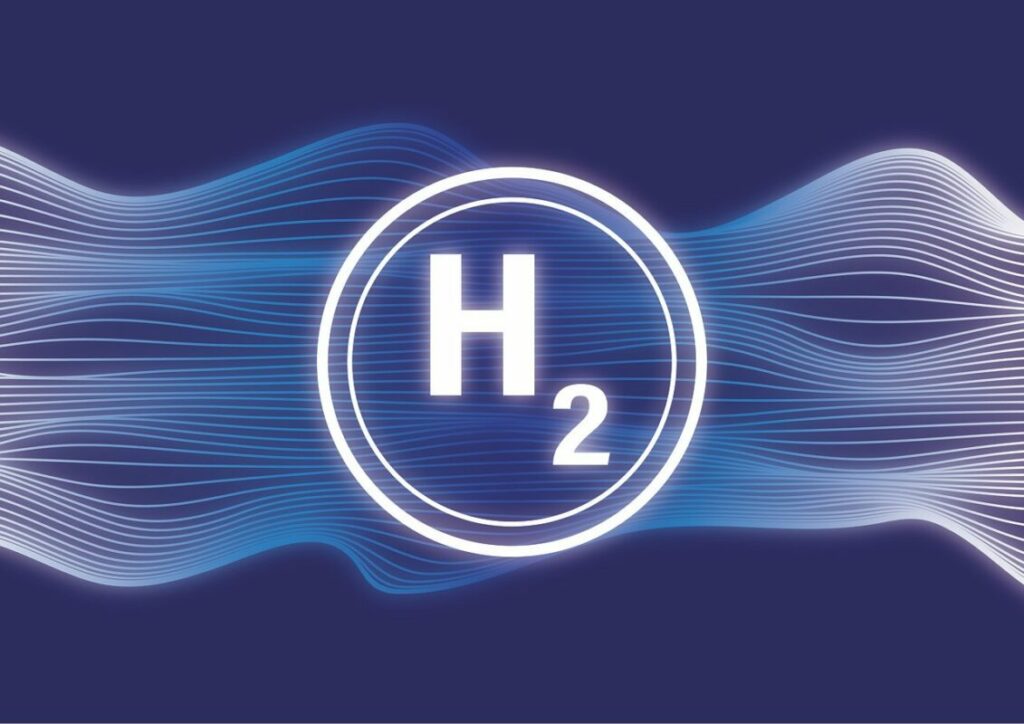The UK government has unveiled a 17-strong shortlist of green hydrogen projects, totalling 262MW of capacity, which could receive funding.
Being provided as part of the Hydrogen Business Model/Net Zero Hydrogen Fund, the government expects to provide contracts for the winning projects in the fourth quarter of 2023. The projects are a part of the first electrolytic allocation round (HAR1).
The projects are scheduled to be operational in 2025 and thus will support the government’s target of having 1GW of electrolytic hydrogen production capacity either operational or in construction by 2025. It could also provide a means to kickstart the hydrogen sector in the UK.
The UK additionally is targeting 10GW of low-carbon hydrogen production capacity by 2030. You can find the shortlisted projects below:
| Project Name | Lead Developer | Location |
| Aldbrough Hydrogen Pathfinder | SSE Thermal | Yorkshire |
| Barrow Green Hydrogen | Carlton Power | North West |
| Bradford Low Carbon Hydrogen | Hygen | Yorkshire |
| Cheshire Green Hydrogen | Progressive Energy Net Zero | North West |
| Cromarty Hydrogen Project | Pale Blue Dot Energy | Scotland |
| Gordonbush Hydrogen Project (GBH2) | SSE Renewables | Scotland |
| Green Hydrogen 1 | RES and Octopus Renewables | Scotland |
| Green Hydrogen 2 | RES and Octopus Renewables | Wales |
| Green Hydrogen 3 | RES and Octopus Renewables | South East |
| H2 Production Plant at High Marnham | JG Pears | East Midlands |
| HyBont | Marubeni Europower | Wales |
| HyGreen Teesside | BP Alternative Energy Investments | North East |
| Langage Green Hydrogen | Carlton Power | South West |
| Tees Green Hydrogen | EDF Renewables Hydrogen | North East |
| Trafford Green Hydrogen | Carlton Power | North West |
| West Wales Hydrogen Project – Phase 1 | H2 Energy and Trafigura | Wales |
| Whitelee Green Hydrogen | Scottish Power | Scotland |
SSE Thermal, who has two projects selected to progress to the final stage of the hydrogen fund, welcomed the news and highlighted the importance of scaling the UK hydrogen sector.
“We welcome the recognition from UK government on the potential of both Aldbrough Hydrogen Pathfinder and Gordonbush Hydrogen and look forward to the continued development of these important low-carbon projects,” said Catherine Raw, managing director of SSE Thermal and group executive committee lead for hydrogen.
“Hydrogen will be crucial in getting the UK to net zero, as well as significantly boosting our energy security by maximising our ability to harness homegrown renewables. At SSE, we are developing projects across the hydrogen value chain, from production to storage to power generation.
“For a thriving hydrogen economy to be developed, we need to see projects brought forward at pace and the Net Zero Hydrogen Fund aims to achieve exactly that.”
University of Sheffield to produce ‘more green hydrogen than any other UK research centre’

In other UK hydrogen news, the University of Sheffield has stated that it is to produce “more green hydrogen than any other UK research centre”. It is understood that this green hydrogen will be harnessed to test new hydrogen-based fuels.
With the new electrolyser, the university is capable of producing nearly 140Nm3 per hour of green hydrogen with storage capacity of 1450Nm3.
The new electrolyser is located at the university’s Sustainable Aviation Fuels Innovation Centre (SAF-IC) and will be used to explore the use of fuels such as sustainable aviation fuel (SAF) – a technology many aircraft companies are pinning its hopes on to reduce carbon emissions.
By basing the electrolyser in this research centre, the university will be capable of developing, testing, validating and help certify new fuels in one location.
It is also important to note that the university is also a part of a consortium, led by Virgin Atlantic, aiming to achieve the “world’s first 100% SAF transatlantic flight”, which is scheduled to fly in November 2023.
Professor Mohamed Pourkashanian, director of the University of Sheffield’s Energy Institute, said: “In order to drive forward a decarbonised future, we must understand more about the possibilities and capabilities of green hydrogen, particularly with regards to sustainable aviation fuels. With this new electrolyser at our SAF-IC facility, we can work with industry and fellow academics to discover and demonstrate the best way to make a hydrogen economy, and a greener future, a reality.
“We are thrilled to have the capacity to produce the green hydrogen in our site, so that our research and development into SAFs (especially via Power-To-SAF), industrial fuel switching and decarbonisation can continue.
“We’re also pleased to work with IMI VIVO on this project, and we are now having discussions with the team that could lead to future international collaborations and projects.”






